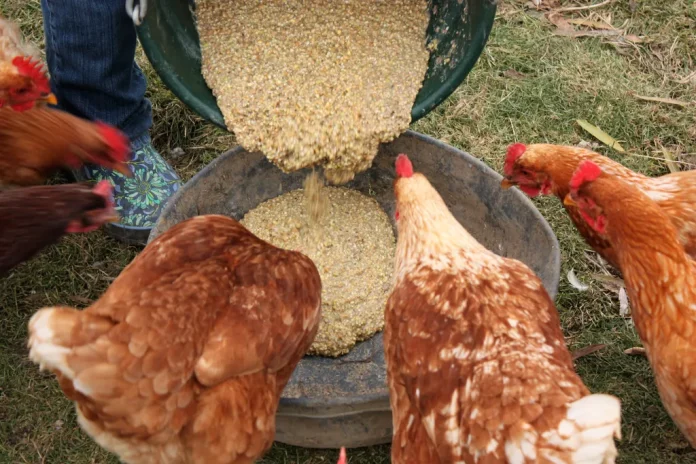Poultry farming is one of the most profitable agribusinesses in Kenya, with farmers who undertake either broiler or layer farming earning big profits from the venture.
However, for farmers to get the best out of their poultry ventures, they should observe the right farming practices, including breed selection, disease control, and feeding.
Feeds account for 80 percent of the total production cost in poultry farming. This means that any farmer intending to cut production costs should first look for ways to keep the cost of feeds low.
One of the best ways to cut feed cost is through feed fermentation. Fermenting chicken feed can reduce the amount of grains needed to keep your flock full, thereby reducing feed costs.
Fermented feed can also improve digestion, absorption of nutrients, and overall chicken health by adding probiotics to their diet.
Mary Nyadimo: 30-year-old woman makes over Sh1.2m profit from poultry farming
The feed fermentation procedure is simple; all you have to do is soak grains, seeds, or legumes a night before in chemical-free water and cover it up.
The feed being fermented should, however, depend on the chickens being reared. Different chicken types require specific nutrient levels at various growth stages.
Ingredients for making chicken feed
| Ingredient | Function |
| Grains | Primary source of carbohydrates; includes maize, wheat, and sorghum. |
| Fats | Energy source and carriers for fat-soluble vitamins (A, D, E, K). |
| Animal and Vegetable Protein | Essential for muscle and egg protein development; includes fishmeal, soybean meal, and sunflower cake. |
| Minerals | Added to meet specific mineral requirements; often in premix form. |
| Vitamins | Included in premix to ensure all essential vitamins are provided. |








